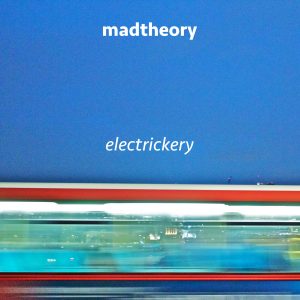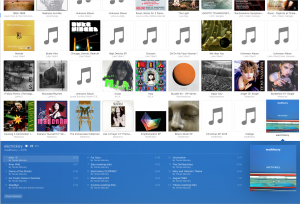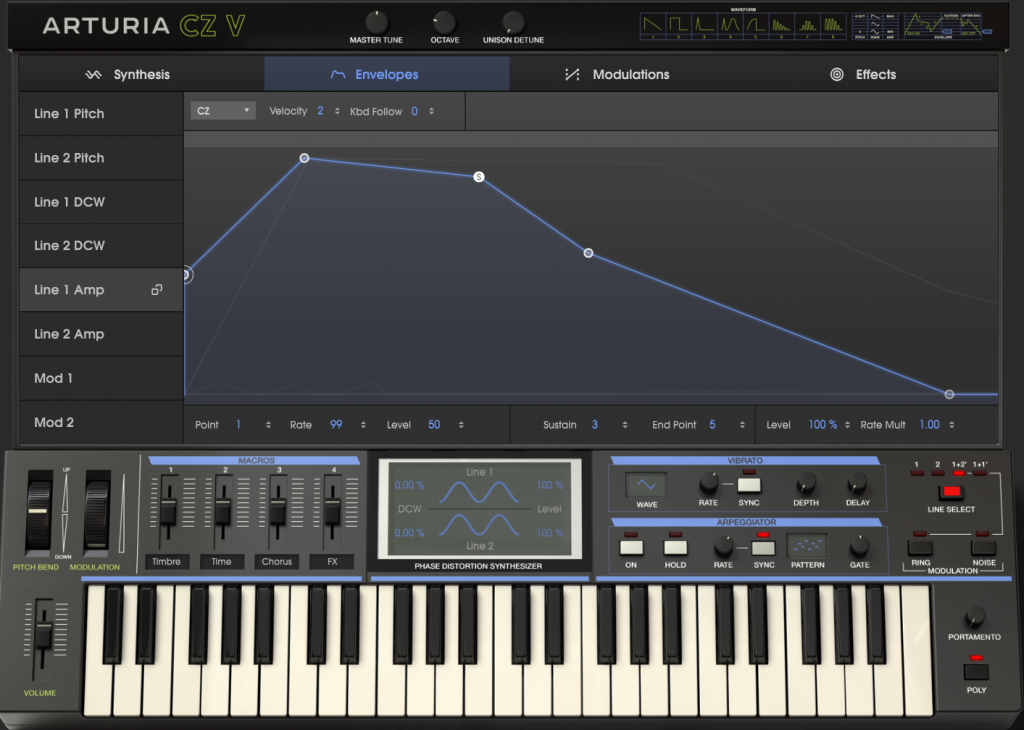
So after a few months under a Non Disclosure Agreement, I can talk about the new Arturia CZV plugin because it has been released for a few weeks now.
Arturia found me originally because of my long-running blog post all about the Casio CZ series of synthesizers which you can read here.
Just before the release, Arturia interviewed me for their Sound Designer page, but I cannot wait to talk to you all about this so I have published it here. I also found an old photograph of my first studio, which I talk about towards the end. So I think this could be interesting for all you music technologists out there!
Arturia: What is your favourite preset and why did you choose it?
My favourite patch in this set is called Atmosweep. It originated from a set of patches that were accidentally randomised when my CZ RAM cartridge ended up in the washing machine! Amazingly it still worked! After that I worked on the sound for a long time to get the release and atmosphere. The patches from the washing machine used the resonant waves in ways I hadn’t thought of so it was fun to explore this happy accident. With CZ-V my archive of patches since 1992 has really come back to life. Several years ago I deep-sampled 102 of my favourite CZ patches for Kontakt (you can still hear those here). Now I can finally put those away and use the sounds in a much more organic way in CZV with the Macros.
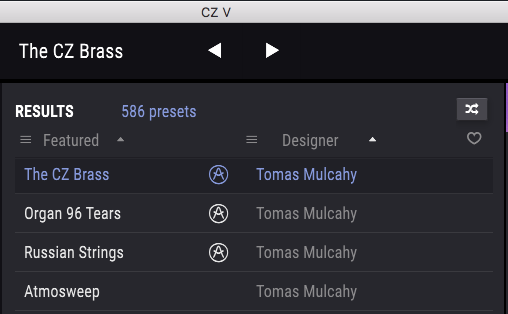
Arturia: What are the main strengths of the CZV according to you? Did some specific features or aspect positively surprised you in the instrument?
Tomás: Yes I was pleasantly surprised that the real character of the hardware is right there in CZV! And to answer your question I think there are four main strengths, in order of importance:
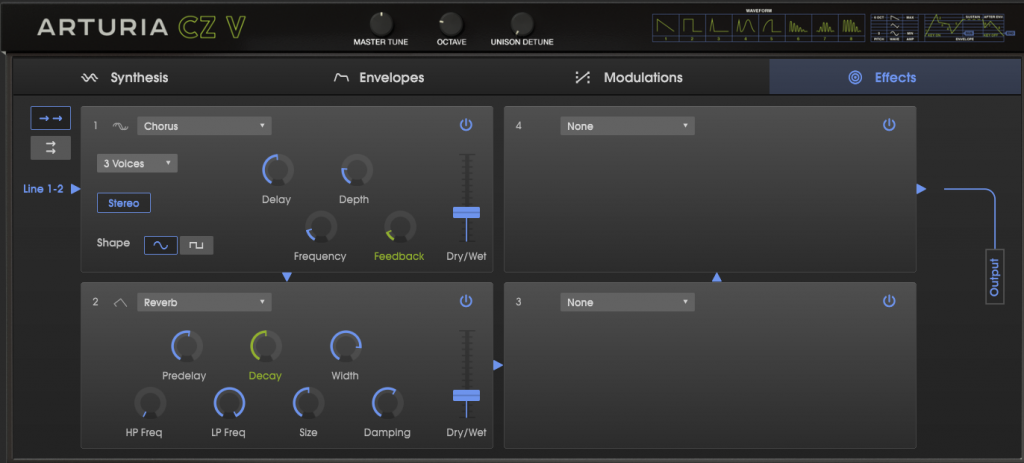
1. The percentage level control on each envelope really opens up the possibilities in a very big way, allowing the CZV to respond to the player in a much more organic way from modulation. It also makes it much easier to have bright or dark within the patch. Even on the CZ-1 with its limited velocity modulation, I would make several versions of a patch going from dark to bright, in order to get this same depth. It was much more laborious than it is with CZV. Now it’s so easy to tweak the patch so that it sits right in your track. I love it!
2. Of course the DCW level can now be swept in real time like an analogue filter, not just with the envelope. This gives a sound unique to the CZ. It’s quite different to sweeping the harmonics on an FM synth (or an analogue synth) and can really warp sounds in a spectacular way, while still keeping the flavor of the basic patch.
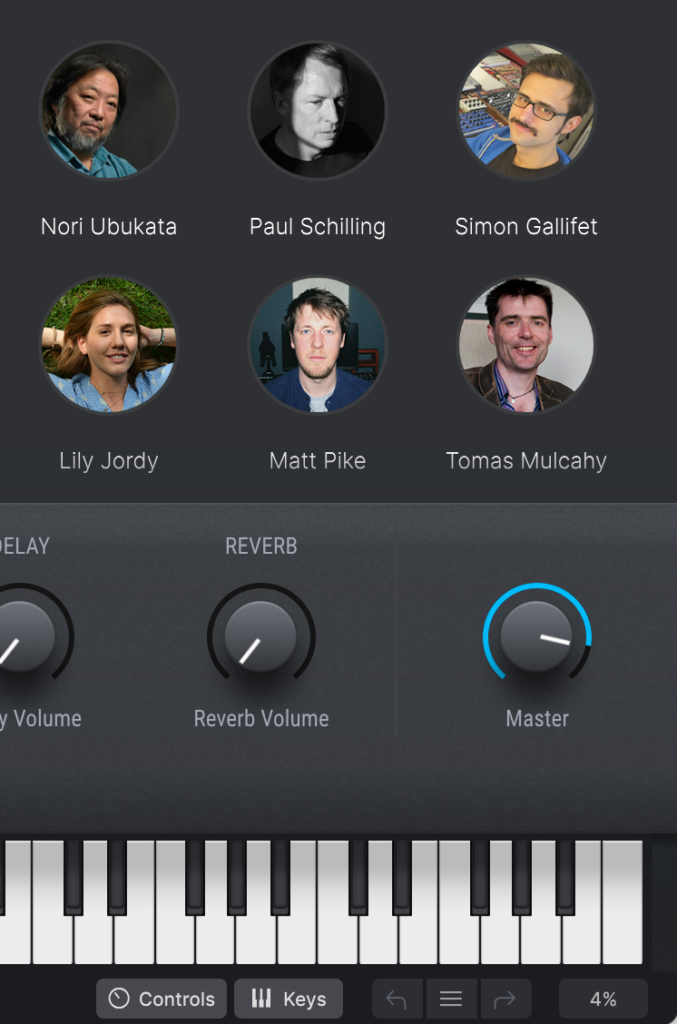
3. I love the chorus. With one voice it is very much like the hardware CZ, and with two or three voices it is lush like the Roland Juno chorus. It is pretty much the perfect chorus for a synth!
4. When I got the initial spec from you, it was the looping envelopes that most excited me. I would have killed for this feature on the hardware, back in the day. It took me a while to figure them out, but I did, with relative ease, and they are hugely useful.
Arturia: What was your approach regarding your sound design work ? Had you a specific type of sounds in mind? A specific method?
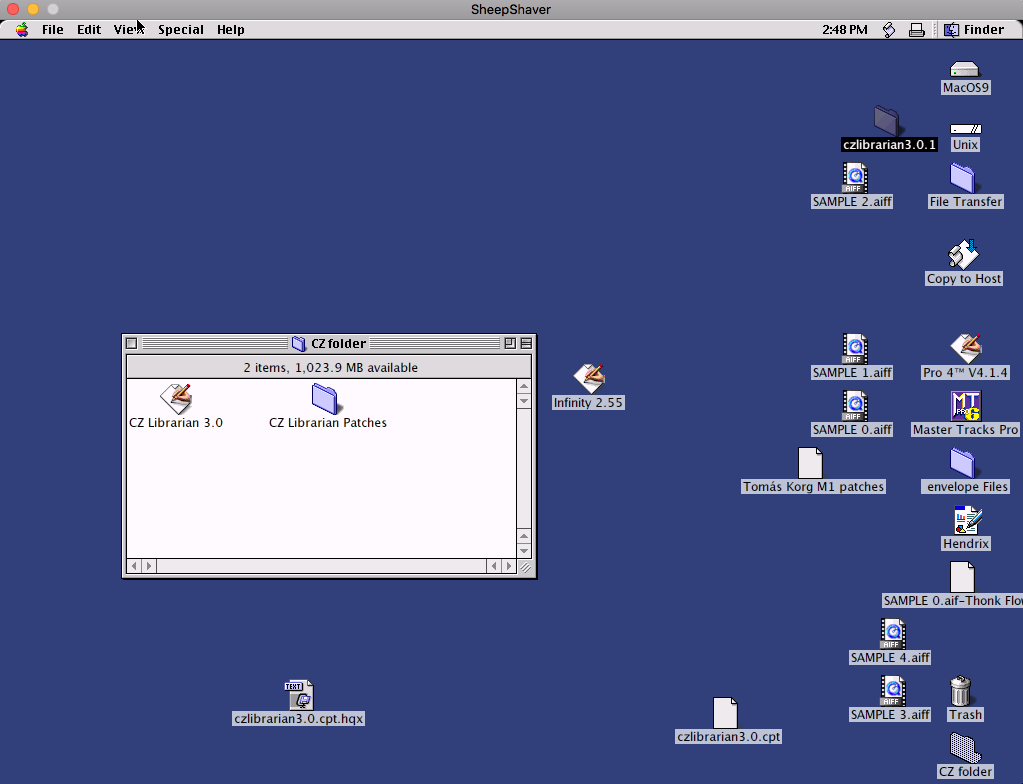
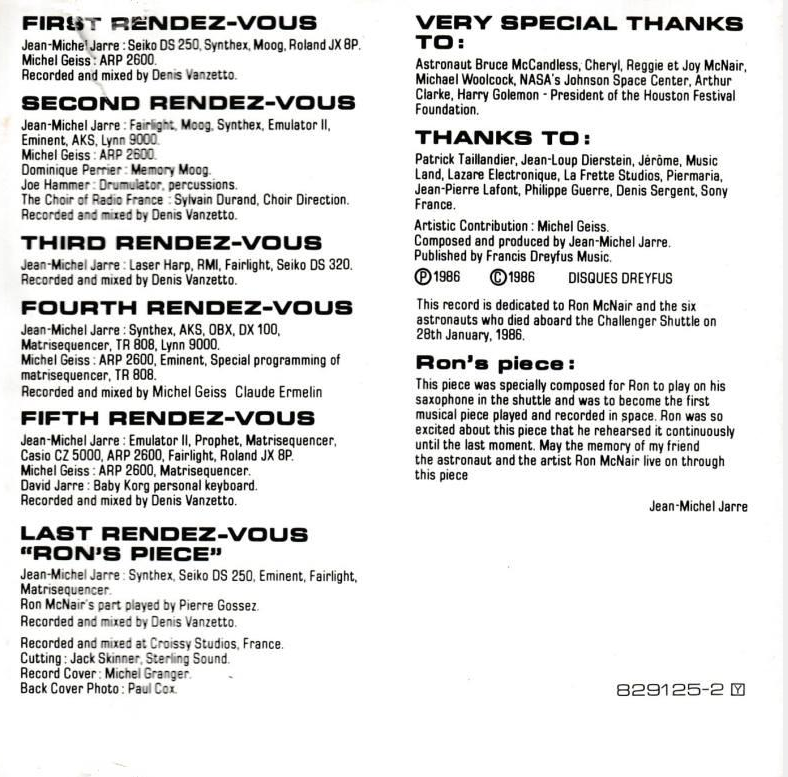
Tomás: There are two answers to this, because I have been using a CZ since 1992, starting with the CZ-5000 and ending up eventually with the CZ-1. Back then it was my only polysynth. With the sequencer it was like an affordable workstation, so I wanted it to make every sound possible. An impossible goal, but a great way to learn everything about a synth. I wanted the sounds that I heard on classic records, such as Jarre’s Rendezvous where he uses the Fairlight and the Synthex as well as the CZ-5000. I would spend a lot of time trying to get these classic sounds on the CZ, and learning what the limits and unique qualities of the synth were.

Later when I had more synths I used the CZ-1 for its strengths. To me it is a wonderful bass machine. I love pad sounds too, and the CZ does these with a unique character. You won’t get wide soft MemoryMoog pads, but you can get some very atmospheric stuff using the resonant waves with the envelopes for movement within the sound. Nothing else sounds quite like it.
I always carefully backed up my patches and kept them well organized with descriptive names, first with cassettes and later with SysEx on the Apple Mac. So I was able to load my library into CZV. It’s so cool to see the patch names you made years ago coming up in the list!
The second answer is that with CZV it is more of an adventure. This is because it is exactly the same as the old hardware and at the same time is a very up to date synth with all the features we take for granted in software today. So the method was simply to explore and have fun! Several times I started from an initial patch and just explored the new possibilities, especially with the extra Mod Envelopes, the more detailed velocity modulation and the Custom Waveform.
But more often, I was able to take an old patch and make it more like what I wanted it to be from those classic records. Unison Mode really made that happen in a big way, and again the detailed modulation and the live interaction with the Macros made the sounds much more alive than is possible on the original machine.
Now the CZ is like a MiniMoog or a Prophet 5, with the sound-morphing easily integrating with your performance in a truly organic way. Thanks so much to the Arturia team for making the dreams of 18 year old me come true!

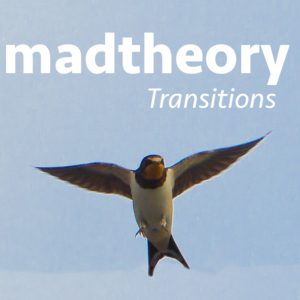
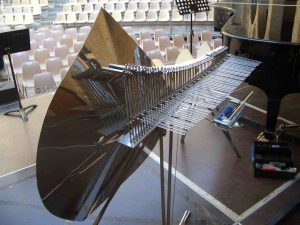
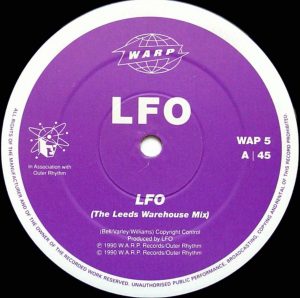
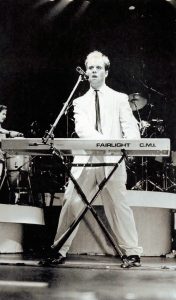
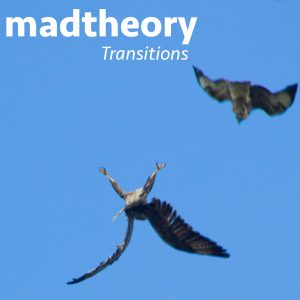
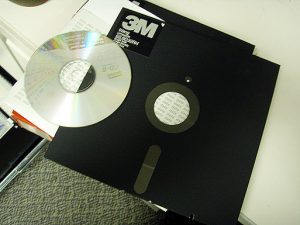
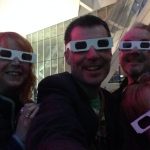
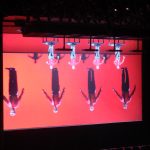
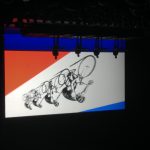
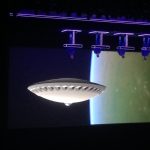
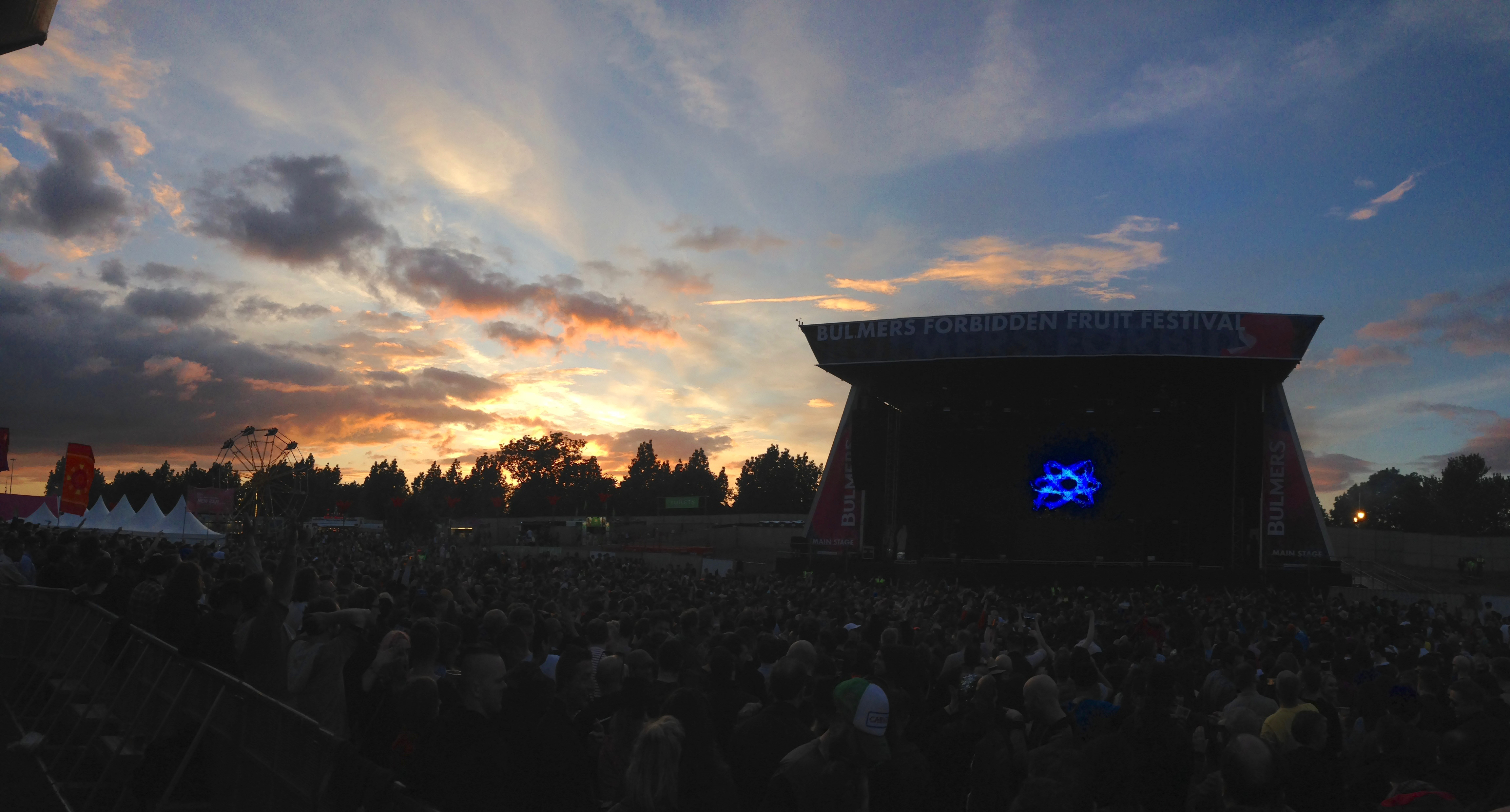
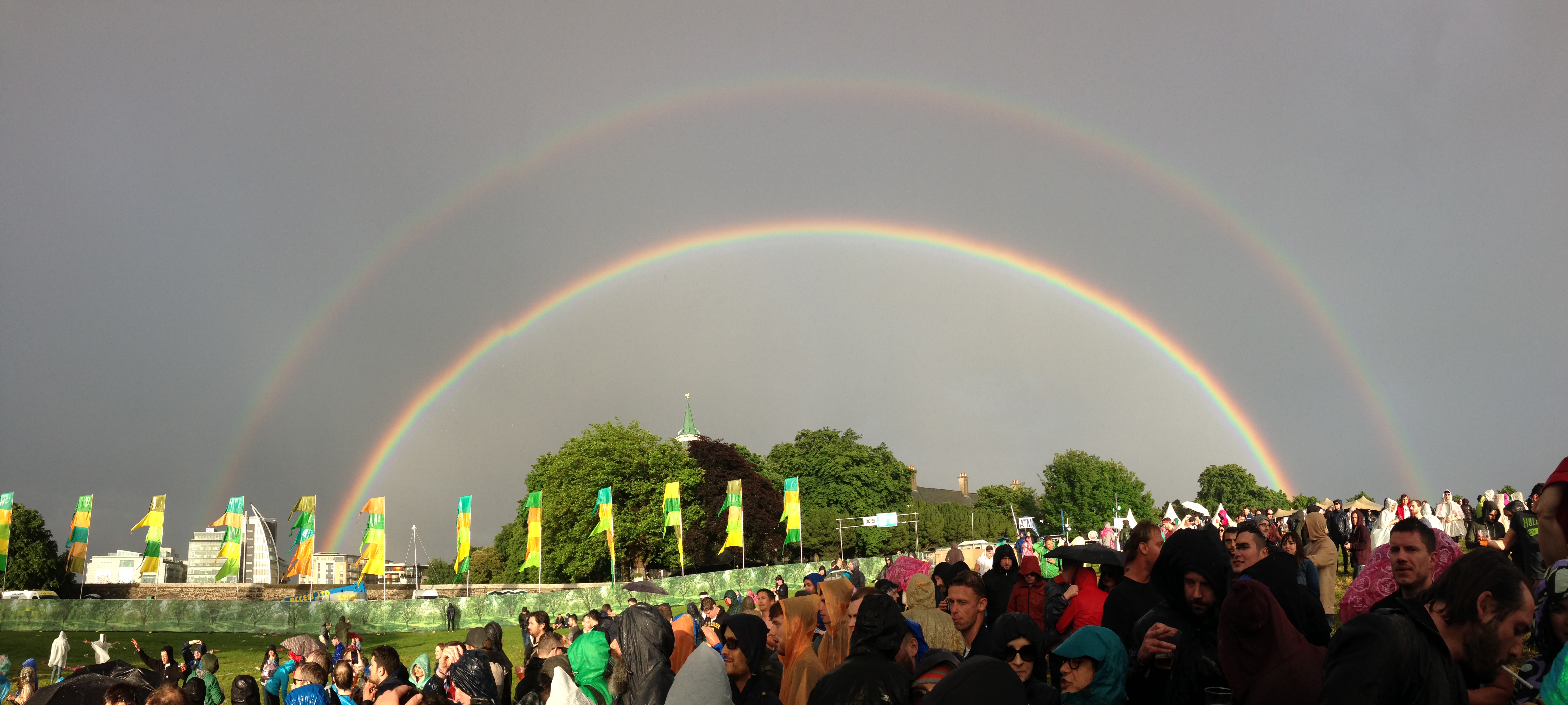

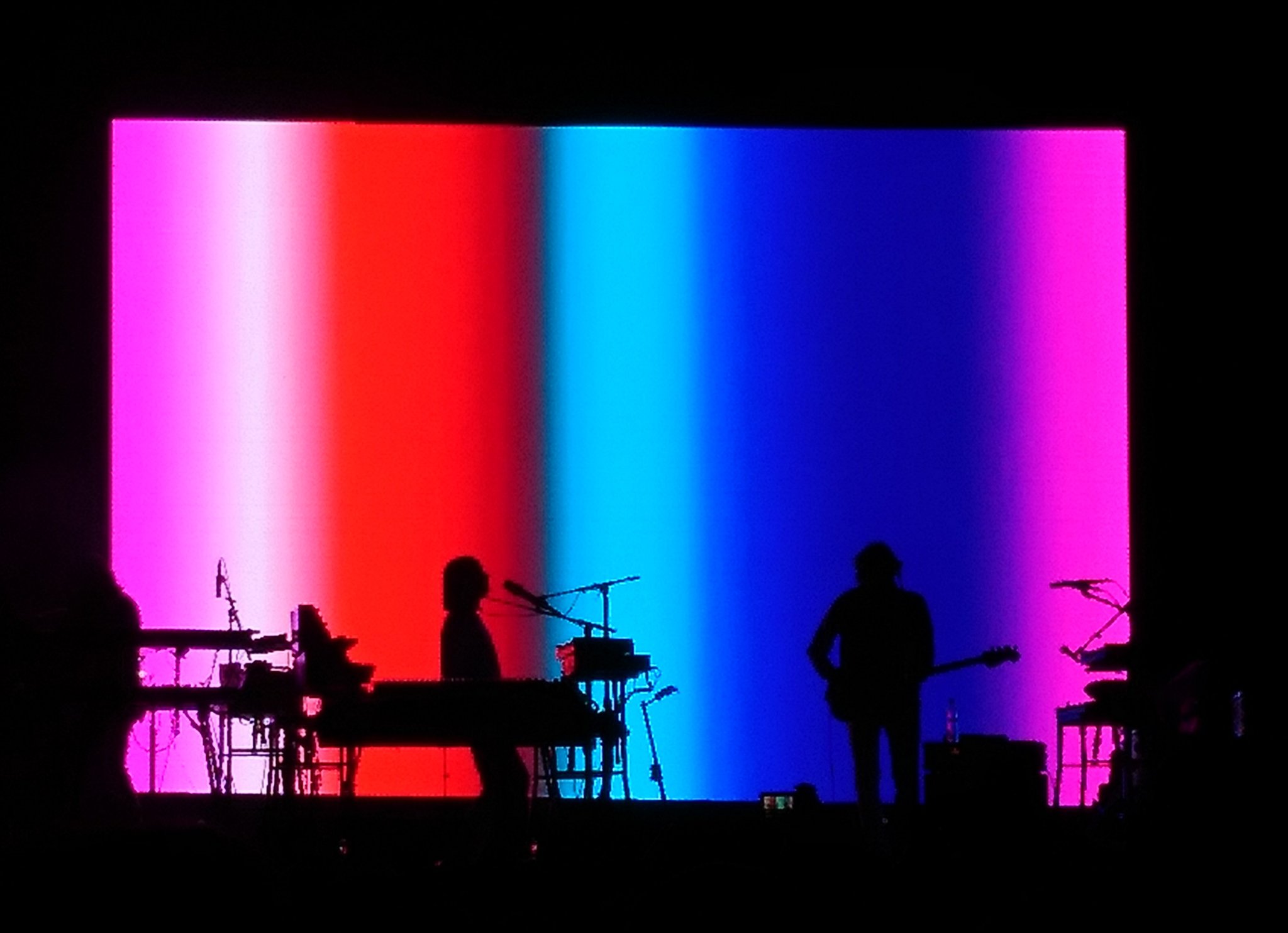

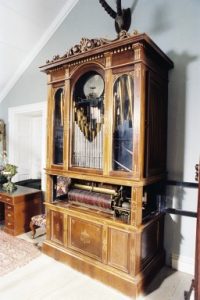
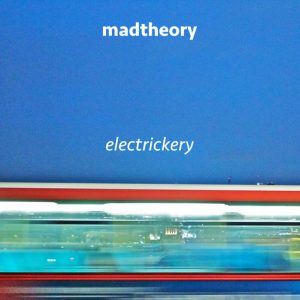 I’m very pleased to get this released. It’s been a long time brewing. Many thanks to my friends who helped with feedback and encouragement:
I’m very pleased to get this released. It’s been a long time brewing. Many thanks to my friends who helped with feedback and encouragement: